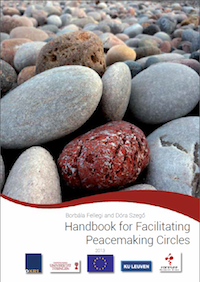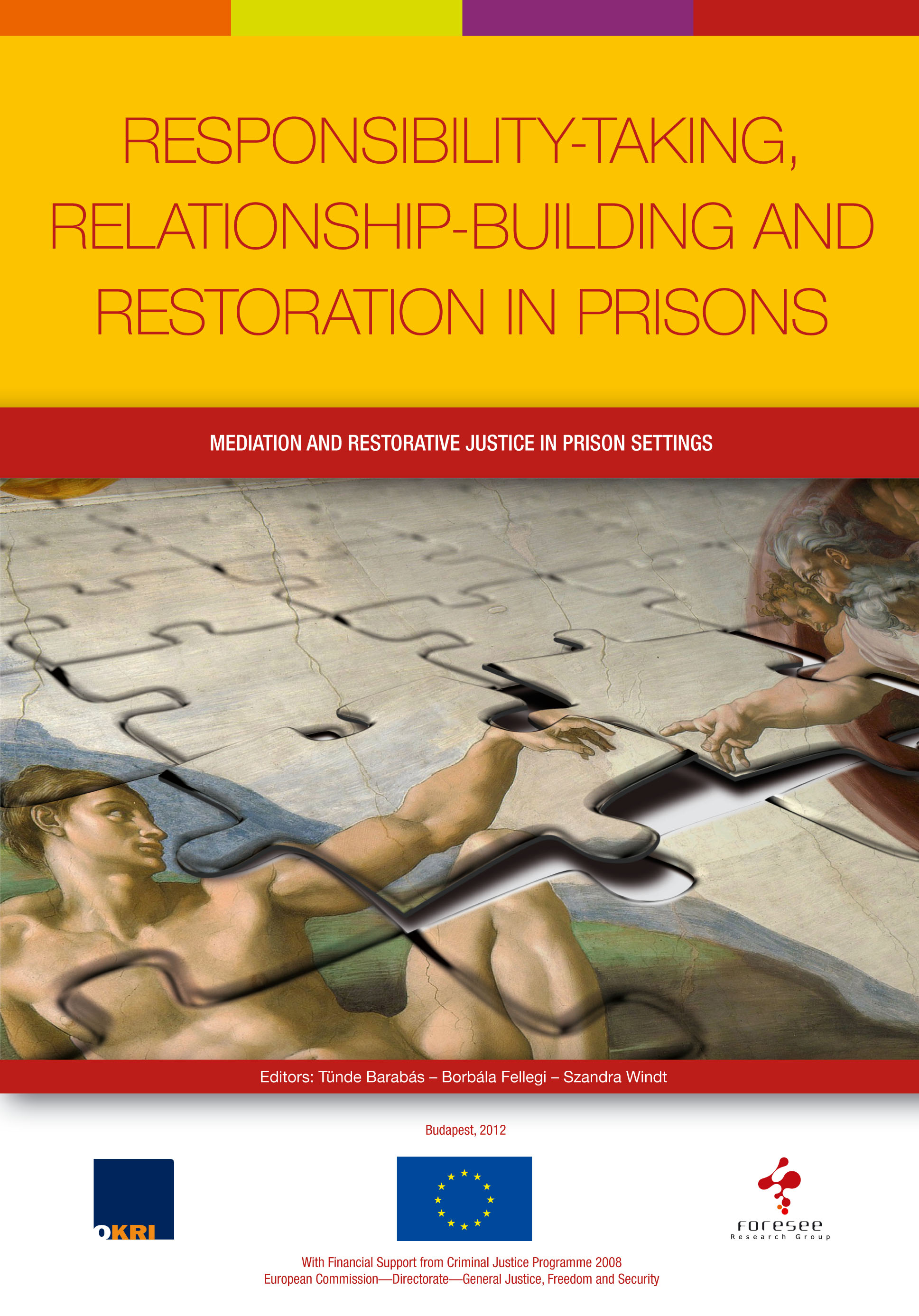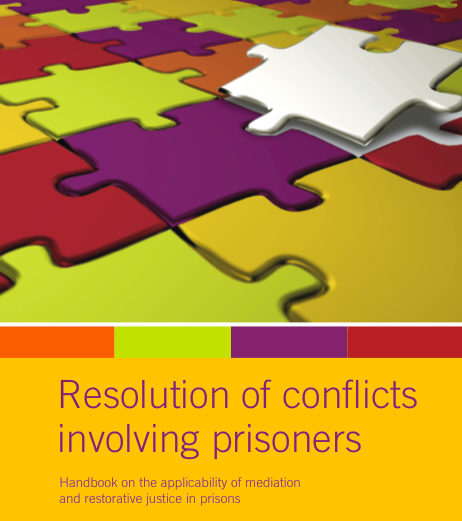While I was a sociology student at the university, I participated in research on education that studied the treatment of Roma children at schools in small villages. In such villages I met with people who live in deep poverty way below the subsistence level. I spent days observing classes of first and second grade students. This period of life is very important as the kids either start to love or hate studying within the school framework. The impression of someone being a good or a bad student will start to formalise and this can affect their choices, their successes and their failures throughout their whole life.
After half an hour I became invisible, everything happened around me like I wasn’t even there. It was shocking to realise that despite the integration efforts and the official regulations the Roma children were discriminated against and segregated by informal, hidden techniques. This happened even at schools which had the “integrated” label. This was not due to intended malice, but rather a result of negligence and the lack of time and extra efforts and resources. Looking through “restorative eyes” this was due to the fact that teachers, parents and fellow students didn’t put themselves into the place of an underprivileged child and didn’t realise what they need or how they could be helped.
I still remember a personal story vividly. A Roma little girl was sitting in the last row, disturbing the class talking with her neighbours. We had a conversation after class where she told me that she is unable to see the blackboard from the last row, so she doesn’t understand what is happening during class.
I asked the teacher if she is aware of this. She told me that she knows about the problem and started to blame the parents violently who weren’t able to get glasses for the short-sighted girl. I asked if sitting in the front could help her situation. It turned out that it’s an unwritten rule in the class that in order for working in groups effectively, the students with learning difficulties sit in the back. So this way the group work and the “gifted children” would be pulled back if she would sit in the front and would get tasks that are beyond her abilities.
In this seemingly difficult situation the restorative approach (that I wasn’t familiar with at that time) would have helped a lot by reacting to the problems on the level of personal needs and realising that the structural boundaries (e.g.: not enough human and financial resources) in the system can be overcome if we realise each participant’s individual need instead of thinking along general categories.
So the kids would need a blackboard, the parents need support to buy new glasses or the information that their girl requires from them for studying, the teacher needs help on how to manage the sitting order of the 25-30 versatile kids including the short-sighted ones instead of just treating them as “underprivileged kids”. Since I have been working in restorative programs and research, I think about this situation and my helplessness often and I wonder what happened to the little girl.












